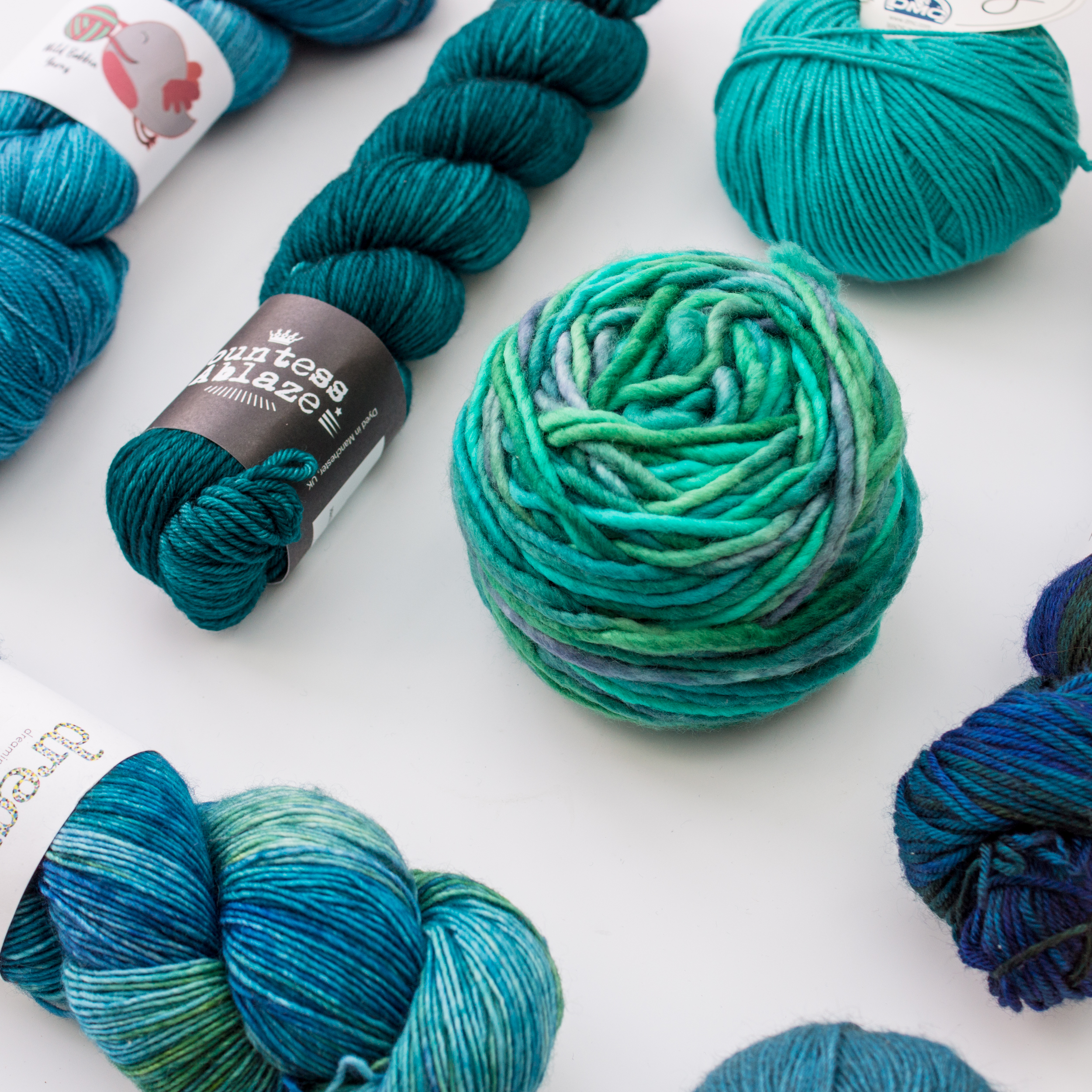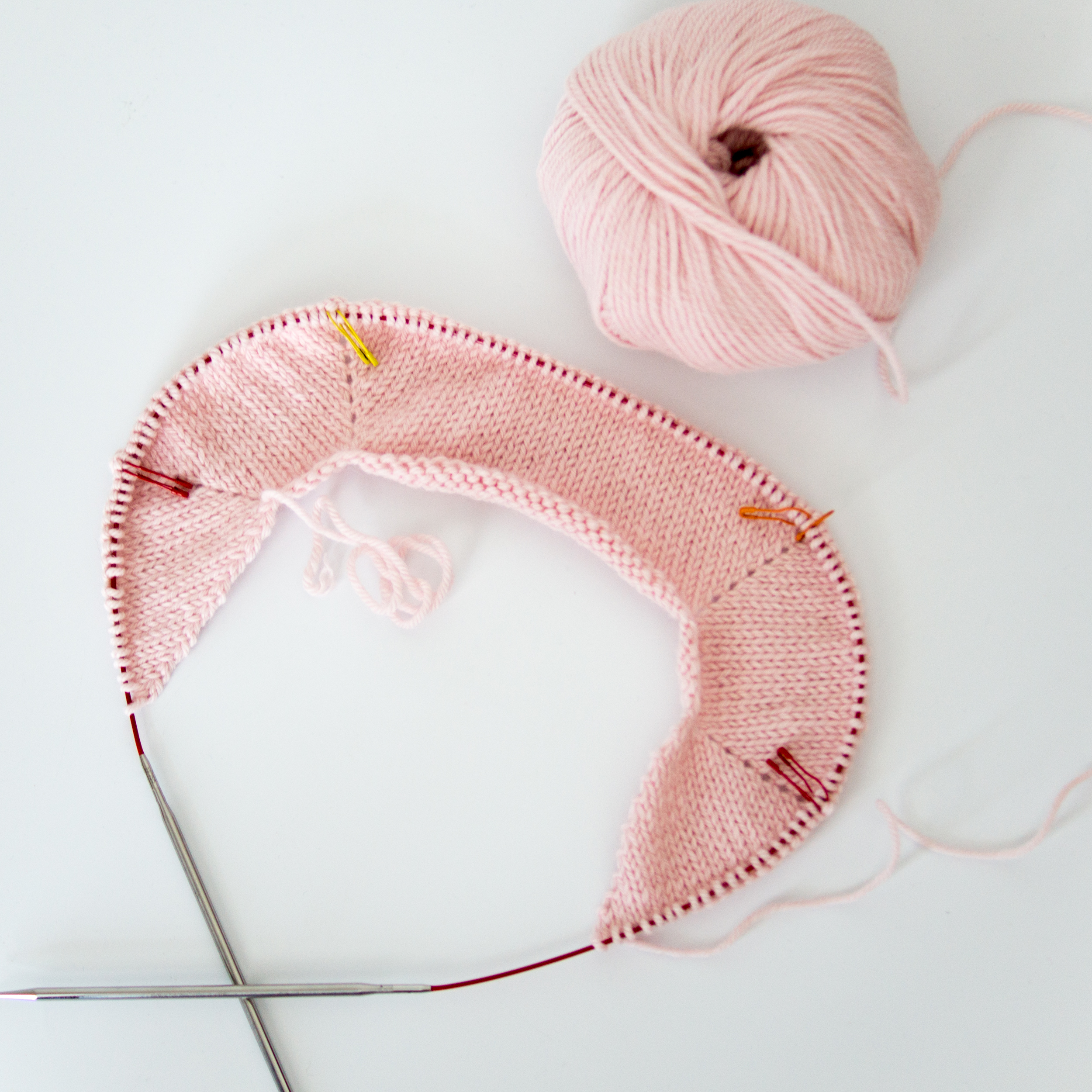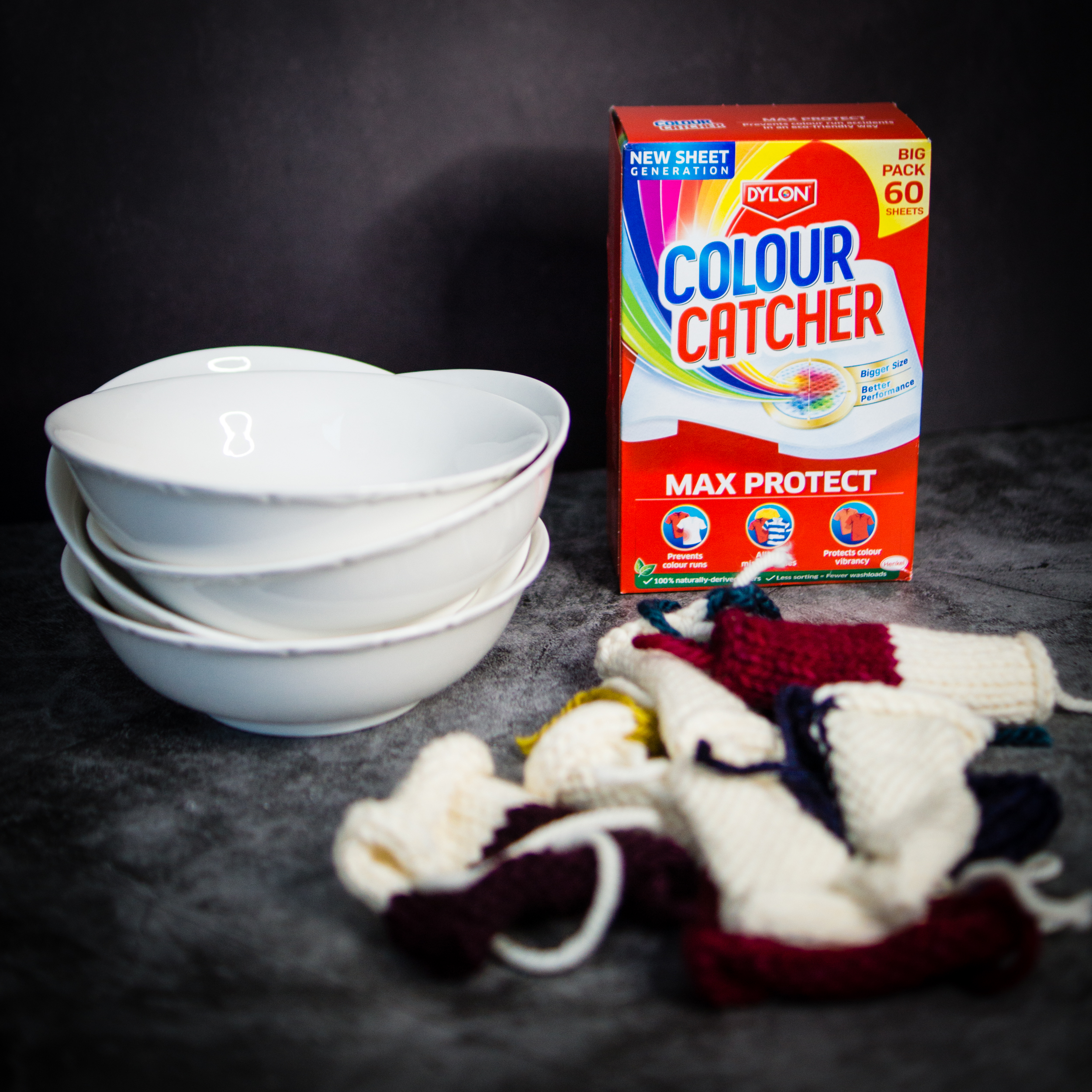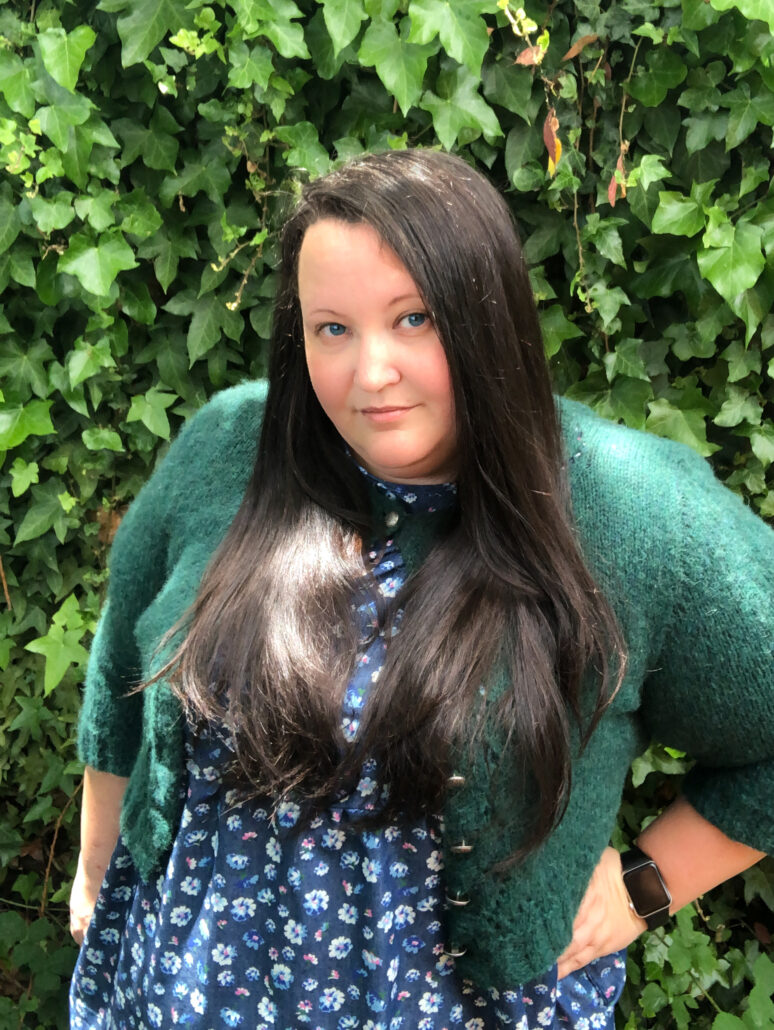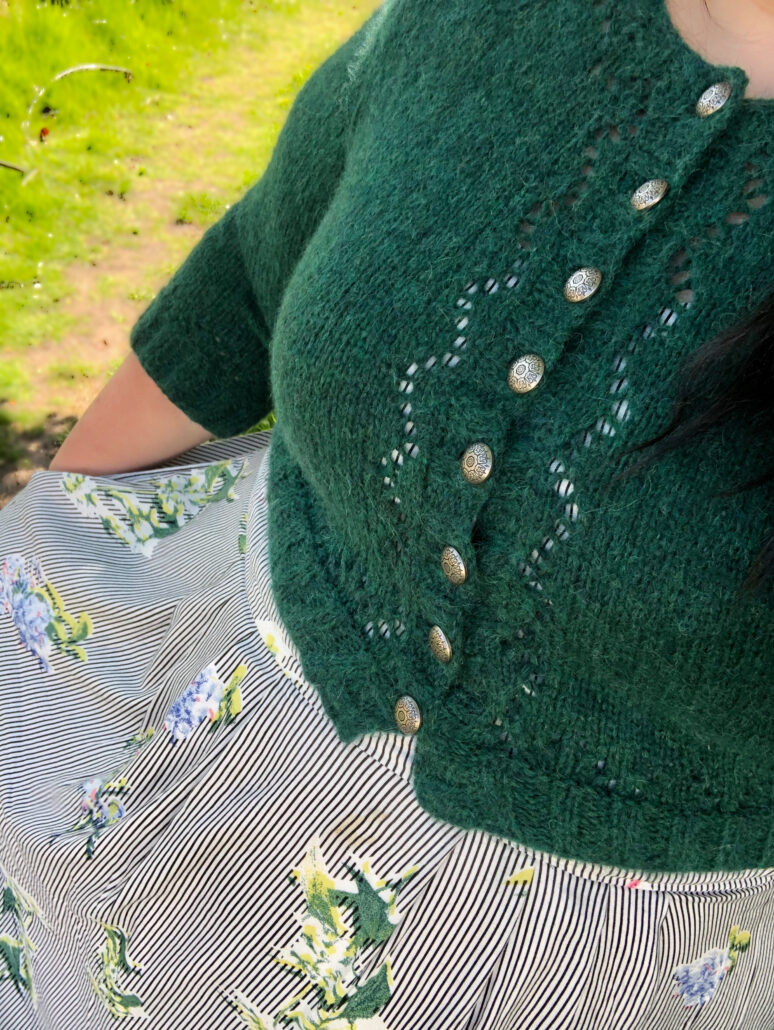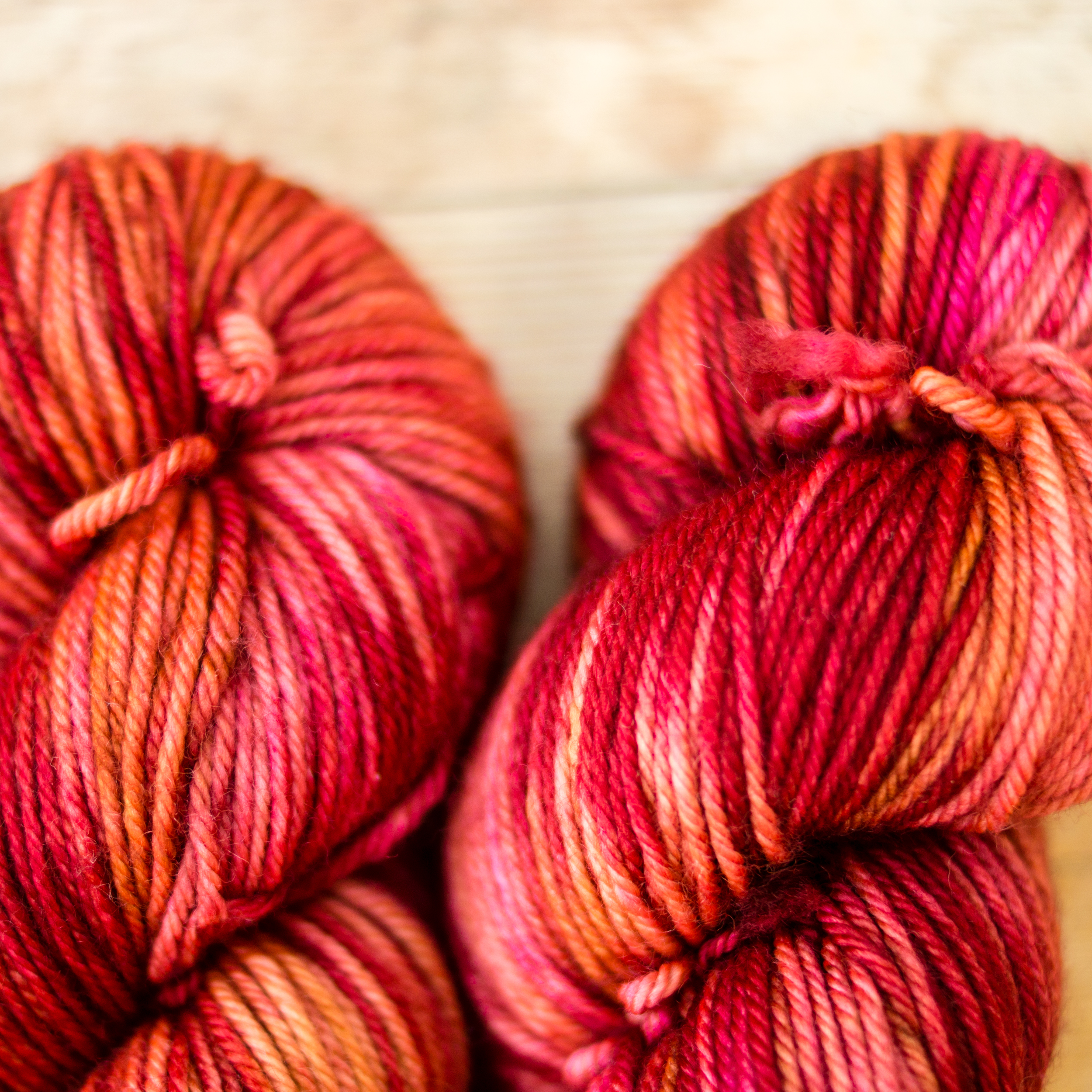Every now and again in yarn circles, theres a little flutter of conversation about yarn snobbery. You see, there are people out there – knitters and designers alike – who are, to put it bluntly, judgemental as hell about the yarn people choose to knit with. And recently it occurred to me that, given how strongly I state my opinions, how regularly I work with hand-dyed yarn, and how little I’ve said on the topic, a person would be forgiven for thinking I’m one of those people.
So I thought I should set that record straight. In the process, I’m also going to talk a little bit about how I choose yarn for a project – what the criteria are, why they matter to me, and how to work out if they matter to you or not.
Because that’s the key thing here. Ultimately, when you create something for yourself, it’s you that needs to be satisfied with it. Not the designer, not your friends, not your social media following. You. You’re the one who’s going to reach for it on a cold day, wrap it around your body, and take it with you into the world. Your opinion is the one that matters.
When I write a pattern, I’ll tell you exactly what I used – and, if there’s a specific reason why I used that yarn, I’ll tell you why I chose it, so you can make the most informed decision about what you’re going to use.
So. What criteria do I consider when choosing yarn?
Colour
I have to be totally honest: the thing that clinches a decision for me is usually the colour. If there’s a choice, I will almost always go for the one that comes in a deep, saturated jewel tone that I can feel myself sinking into. I know what I like, and when I see it, I can feel my mind calming and focusing just on the colour, its intensity, its shade, its tone.
In case you couldn’t tell, my favourite colour is blue.
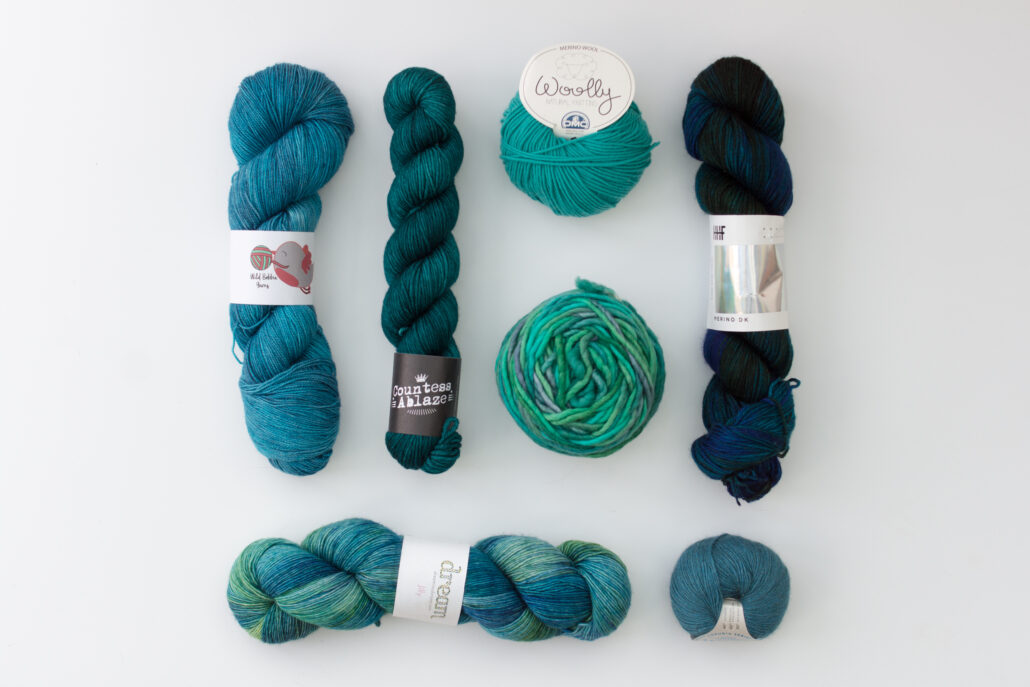
Colour has practical points though, too. Texture is more visibly obvious on a lighter colour, for example; shining beads will show up with more contrast against a dark yarn.
If you’re doing colour work, or anything using more than one colour, how they work together comes into play. A great trick for colourwork is to take a photo of the yarns together and change it to black and white, to check that there’s enough tonal contrast.
Fibre & Ply
Like with colour, fibre has both practical and personal considerations.
Different fibres drape in different ways, so if you want something rigid you’ll need a different yarn than if you want something that moves.
Some yarns have really clear stitch definition; some have a fuzz around them, called a halo; some are stretchy and bouncy; some are firm and warm. Some feel soft as air against your skin; some make their presence known.
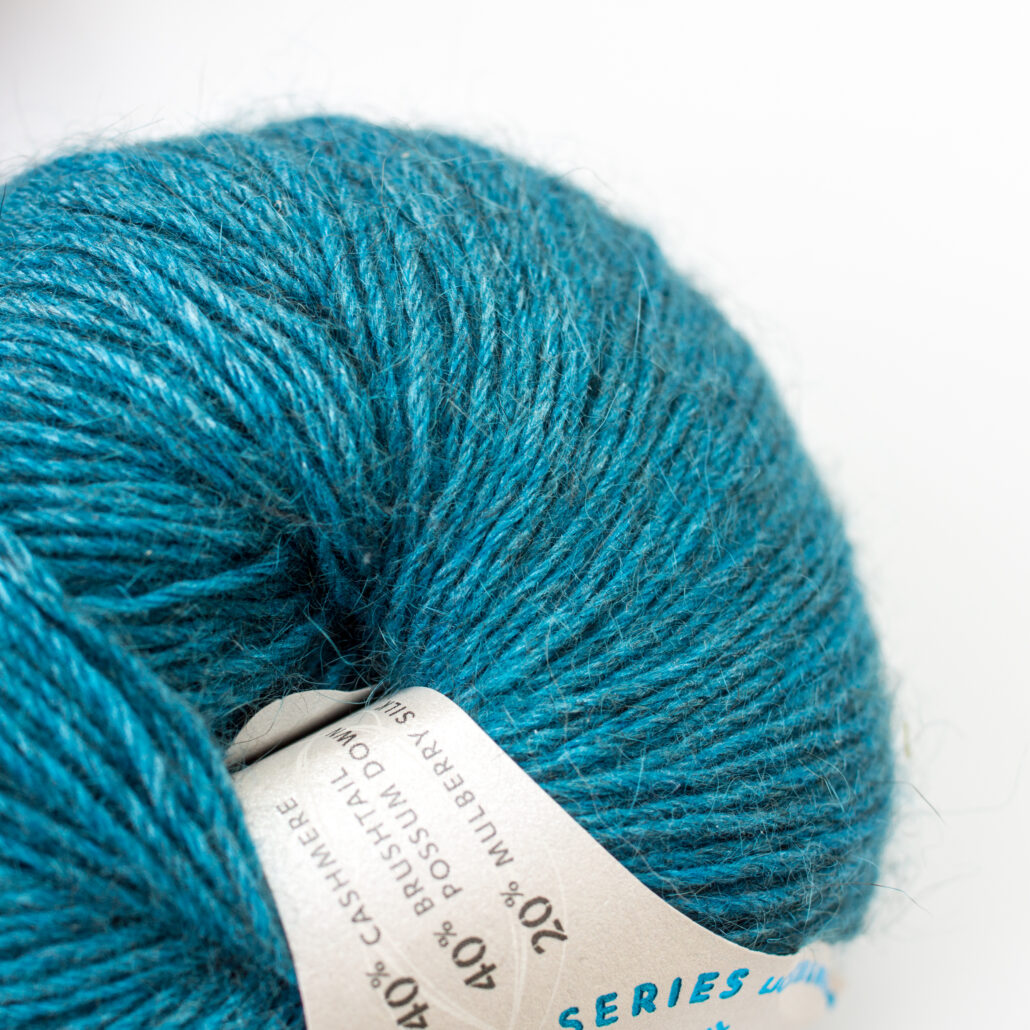
Allergies are a factor; you’ll never see me work with alpaca, because it disagrees with me. Care requirements matter, too; I’m happy to hand wash my garments and accessories, but not my daughter’s clothes. And sometimes these things overlap: superwash treated yarn can make life much easier, but not if you’re one of the people who reacts to the treatment used.
How the yarn has been plied affects the yarn’s durability: a single-ply yarn will wear out and bobble much faster than plied yarn.


Right: HeyJay Yarns Merino Chunky, a single ply, non-superwash merino yarn.
Use the slider to compare the two; on the left you can see multiple strands plied together, whereas on the right, one strand is twisted around itself.
There is a fantastic book on this subject called The Knitter’s Book of Yarn, by Clara Parkes. It’s really helped me make better decisions about what yarn to choose for each project, and I recommend it for all yarn enthusiasts.
Price
I am extremely fortunate to have a stash of hand-dyed yarn, collected during my working days when I had the disposable income to pay for it and not nearly enough time to knit it all. However I rarely bought sweater quantities of yarn as, being a fat person with a 50″ bust, it’s a lot less fun to spend a yarn festival’s budget on one sweater quantity vs 10 different things. So, when I’ve wanted to make garments for myself, I’ve usually bought big box yarn. I also have a big crochet blanket on the go that uses big box yarn – because the size of the project makes buying that quantity of hand-dyed yarn cost prohibitive.
Buy what you like within your own budget, and don’t let anyone else tell you it isn’t good enough.
Vendor
While it’s true that there’s no ethical consumption under capitalism, I try to be aware of where I’m spending my money, and make the best choices I can in any given situation. So it’s important to me to know that the people I’m buying from aren’t actively harmful. This is pretty easy to do in the hand-dyed yarn world – a quick follow on social media usually makes any problematic views abundantly clear – but can be harder for larger companies. If that’s your only option, remember that it’s not your responsibility to fix the world, just to do the best you can with the options you have.
